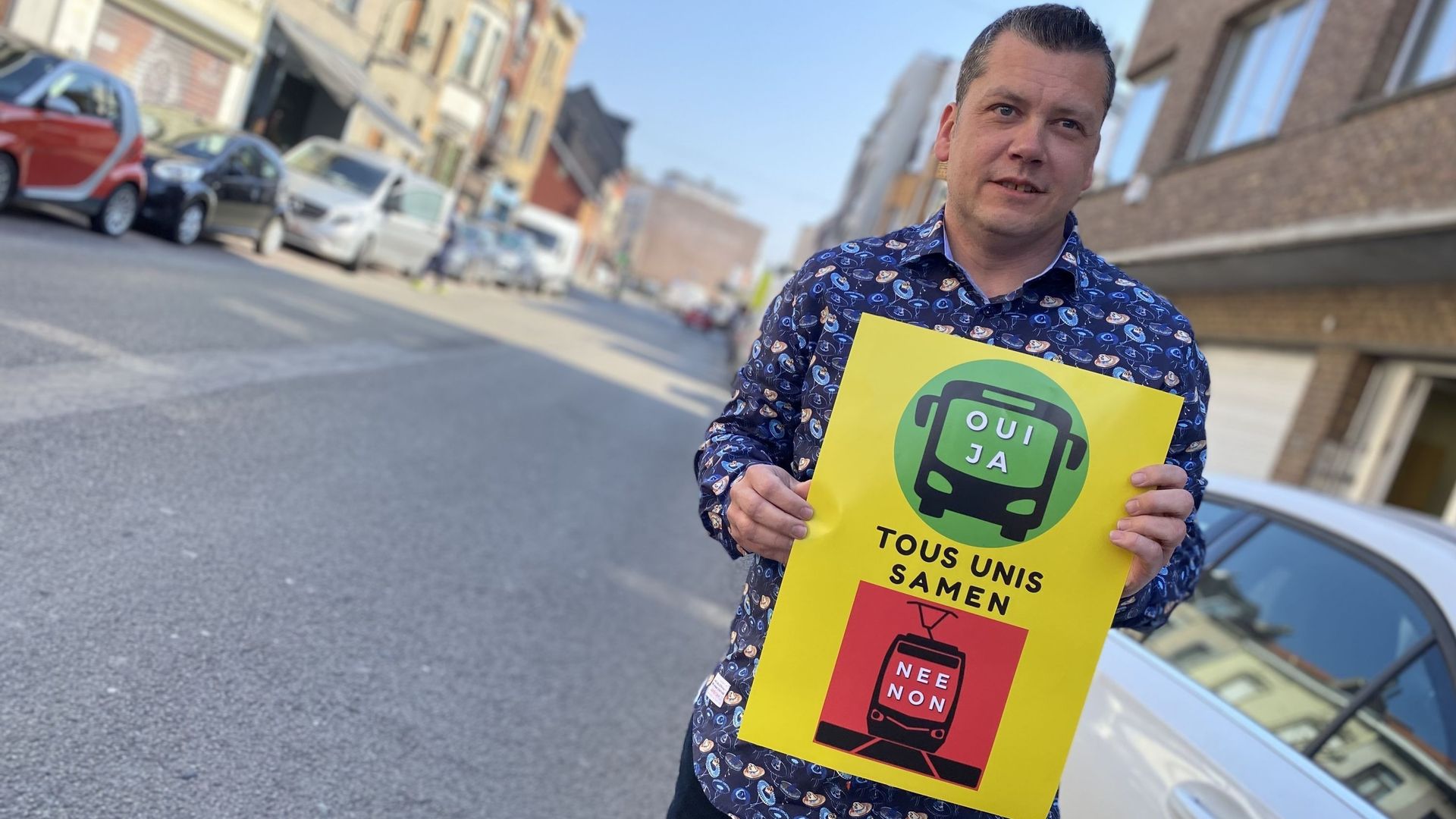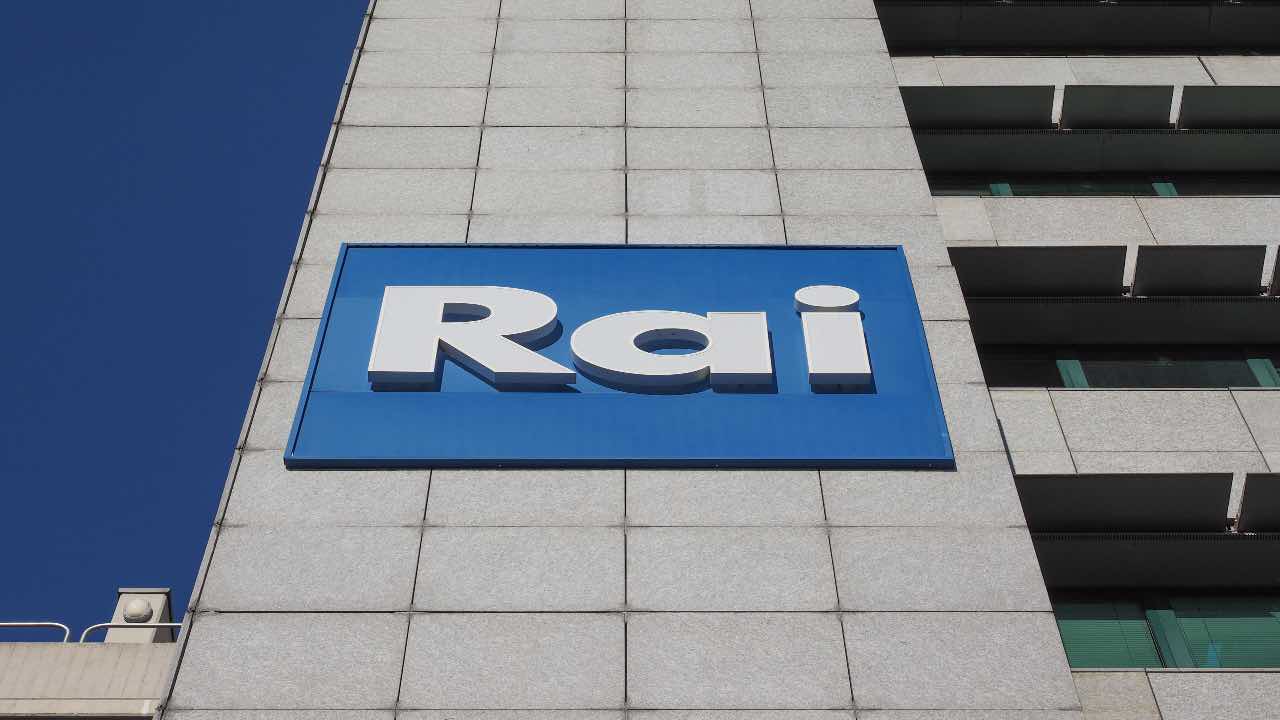“The construction site of the recipients did not surprise us“, reacts Claude Carpent. “This is part of the information communicated by STIB. That said, we wonder about the sequences that lead to this type of decision. We feel a form of contempt vis-à-vis the arguments of citizens, their proposals. This project rushes at the speed of a tram and sweeps away everything in its path. So, not surprised by this construction site of applicants. Still, if the project does not succeed, we can say that this preparatory work will be, then perhaps not useless, but risky in terms of expenditure. This takes us back to the route of the tram which will pass through a new district of social housing, at the Chemin Vert, which has just been inaugurated and where the road will have to be dug again. At no time during this project did we take into account the arrival of the tram in the near future.
As for the operation which consists in laying the attachments for catenaries, it has been said: for the collective, it is illegal. “Already, at the start, we had announced that we did not pass by fasteners on the facade but by posts. Now we seem to be opting for these front fasteners“, sighs Claude Carpent. “This will impact the facades of local residents. Therefore, why not wait for the permit to be obtained before carrying out the tests?“
It’s not wasted work.
On the STIB side, we want to be transparent. On the applicants, “the law imposes coordination of construction sites“, recalls Françoise Ledune, spokesperson. “This means that anyone who could carry out work in the area is requested to carry it out before, during or just after this site planning. All these applicants are invited to work in the perspective of the tram site so as not to open the road several times when we could do everything at once and annoy the local residents only once.“
In any case, adds the Brussels public transport company, these projects carried out by applicants “are not useless. If the planning permit is issued, the work of the applicants will have been carried out and STIB then continues with the laying of the tracks. If the permit is not issued, the work will have been completed. This is all benefit for the local residents since these works, in any case, had to be carried out“.
As for the catenaries, STIB confirms: these are only tests. “Nothing is final. The goal is to see if the fasteners are strong enough to withstand the tension of the catenaries without causing damage to the facade.“If this is the case, then STIB will opt for poles to support the catenaries. A less preferred solution”because it clutters the sidewalks, it can prevent the planting of trees or lead to the removal of parking spaces.“
Appeal to the Council of State
In any case, despite the explanations, the Collective “No to the tram at NOH” will continue its fight. In the district, the arrival of the tram is not unanimous, proof with the many anti-tram posters pasted on the facades. The collective is currently organizing a collection of funds in order to finance future legal costs: if the planning permit is granted, the collective will lodge an appeal with the Council of State.
According to the STIB calendar, the laying of tracks, overhead lines and the redevelopment of roads and sidewalks will be launched at the start of 2023. for an inauguration in the fall of 2024.
Before and during the construction site, an ombudsman can be reached on 0475600631 and via the email address [email protected]
–


